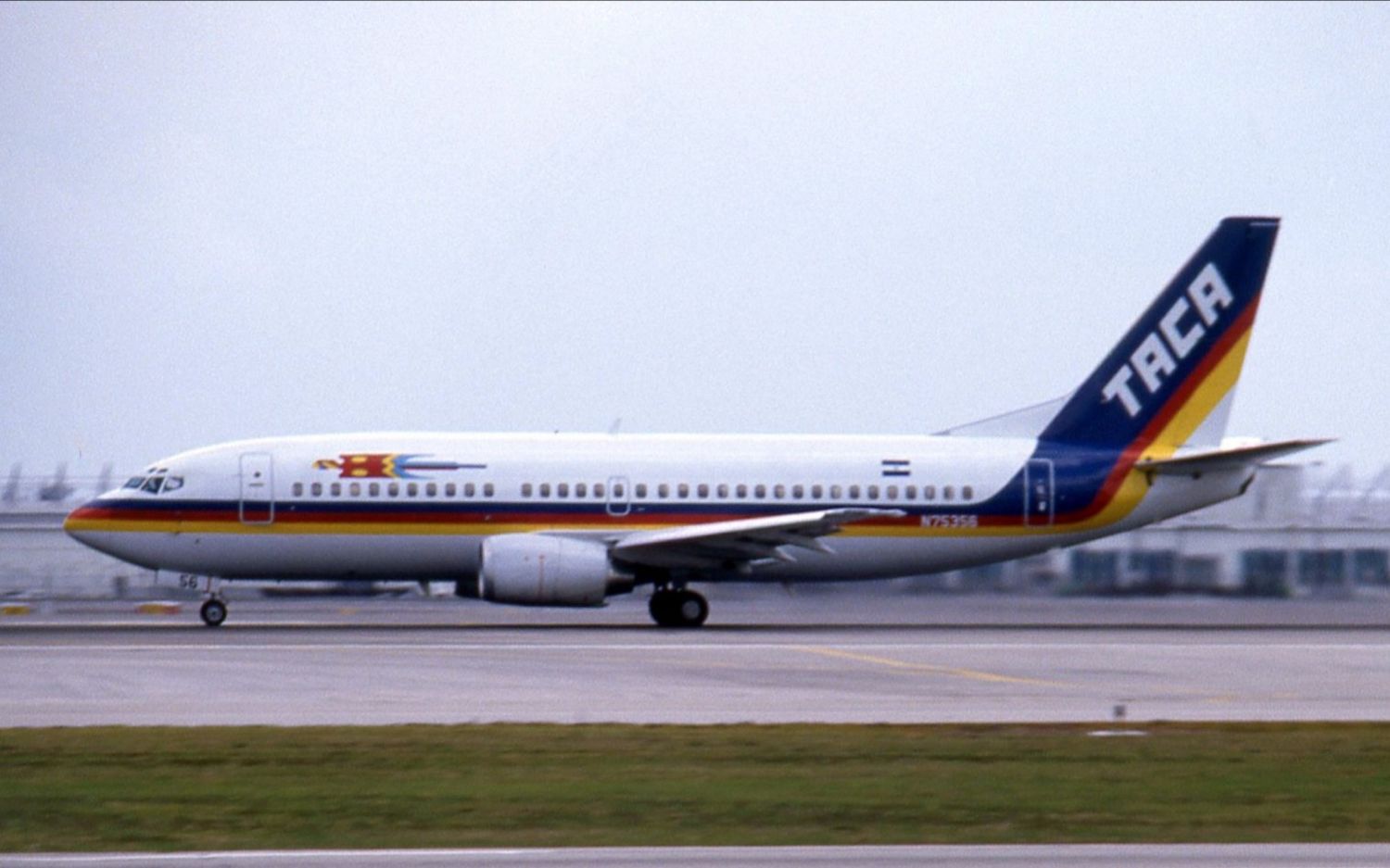35 Years Since TACA Flight 110 No-Engine Landing: The Day a One-Eyed Pilot Became the First Sully
Few narratives can rival the intensity of TACA Flight 110, an incident that unfolded 35 years ago on May 24, 1988, above New Orleans. This riveting tale of technological mishap and human tenacity stars Captain Carlos Dardano, a pilot with a history of defying fate.
In 1985, during the El Salvador Civil War, Dardano’s aviation career suffered a severe setback. While operating a DC-3 cargo aircraft, a stray bullet from ground conflict breached the cockpit, costing him his left eye. Yet, Dardano refused to surrender. After acquiring the FAA’s approval, he qualified to fly commercial aircraft despite his impairment, exemplifying his exceptional skill and commitment.
On the fateful day of May 24, 1988, adverse weather conditions led to a rare dual-engine flameout on the Boeing 737-3T0 Dardano was commanding. Aircraft age was no factor in this case: at the time of the incident, the plane had only 60 cycles since delivered from factory. Then, when both CFM56-3B-1 engines failed while inadvertently traversing a level four thunderstorm, Dardano’s 13,400 flight hours came into play.
Backed by his First Officer Dionisio Lopez, with more than 12,000 hours in his log, and Capitan Arturo Soley, an instructor checking the recently introduced 737-300’s performance, Dardano successfully directed the powerless aircraft onto a grass levee near the Michoud Assembly Facility.

This accomplishment, performed without severe injuries to the 45 passengers on board, illustrates the indispensable role of pilot proficiency in mitigating air disasters.
The subsequent investigation concluded that the storm’s water intake exceeded the engines’ capacity, leading to the flameout. This incident prompted proactive measures from Boeing and CFM International to bolster engine safety.
In the wake of the near-disaster, engineers from both corporations cooperated on a sequence of design modifications for the CFM56 engine. One of those modifications included a sophisticated system to drain water more efficiently from the engine cores, thereby increasing their resistance to heavy water intake. Operational guidelines were also improved, highlighting the use of the «windmill restart» method to restore engine power post-flameout.
These advancements derived from a meticulous examination of the event, demonstrating how experience and empirical data can stimulate technological enhancements. Today, each Boeing 737 that takes off carries not only its passengers but also the legacy of TACA Flight 110 and the indomitable spirit of Captain Carlos Dardano.


Comentarios
Para comentar, debés estar registrado
Por favor, iniciá sesión